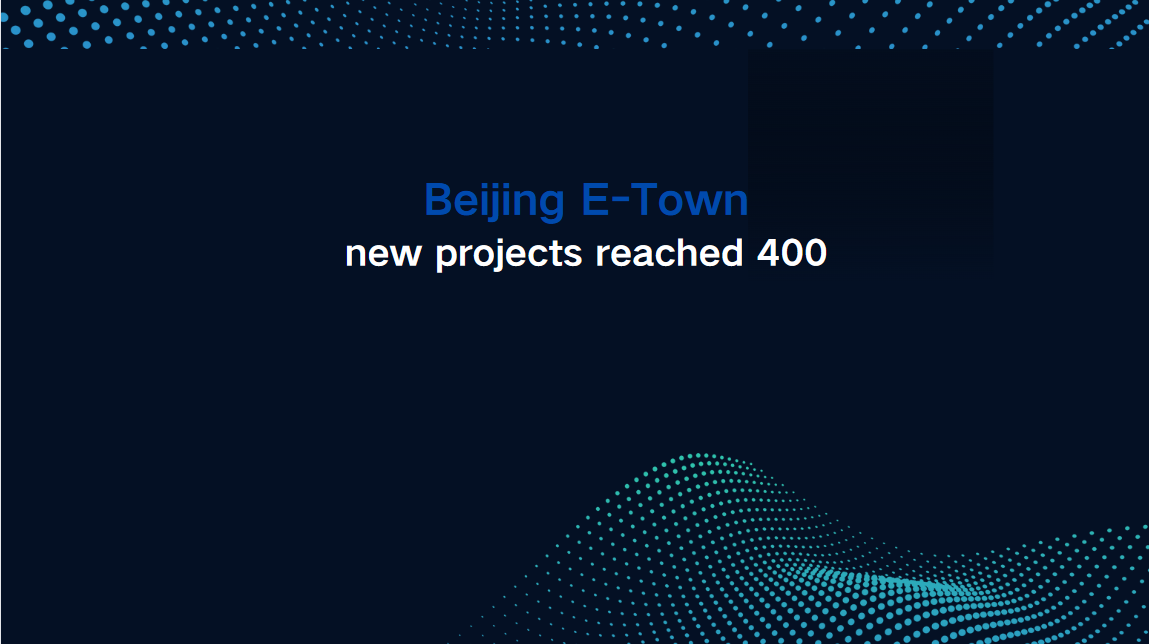Project Rosalind develops a prototype application programming interface layer for retail CBDC systems and explores ecosystem innovation

Project Rosalind has demonstrated that a well designed API layer could work with different private sector applications and central bank ledger designs and that a set of simple and standardised API functionalities could support a diverse range of use cases.
The completed initiative, a joint experiment run by the BIS Innovation Hub London Centre and the Bank of England around central bank digital currencies (CBDCs), developed 33 API functionalities and explored more than 30 retail CBDC use cases.
These use cases covered a broad range of domains for individuals and businesses, such as peer-to-peer transfers, retail payments for goods and services and small-value business transactions.
A diverse range of payment options were tested, such as making retail CBDC payments online, in stores and offline, with the use of near-field communication and via interactions with point-of-sale, QR codes, mobile phones, smartcards, biometric devices and smart assistants. Some of the use cases also explored private sector programmability and micropayments.
The project looked at how a universal and extensible API layer could be developed to connect central bank and private sector infrastructures, facilitate payments in CBDCs and support innovation. It was based on a two-tier CBDC model where the central bank issues CBDC and provides the ledger infrastructure and the private sector offers user-facing services.
The project also experimented with and provided valuable lessons on many key aspects of a retail CBDC system, such as API design, privacy models, security, standards, offline payments, private sector programmability, and ecosystem roles and responsibilities.





















































First, please LoginComment After ~